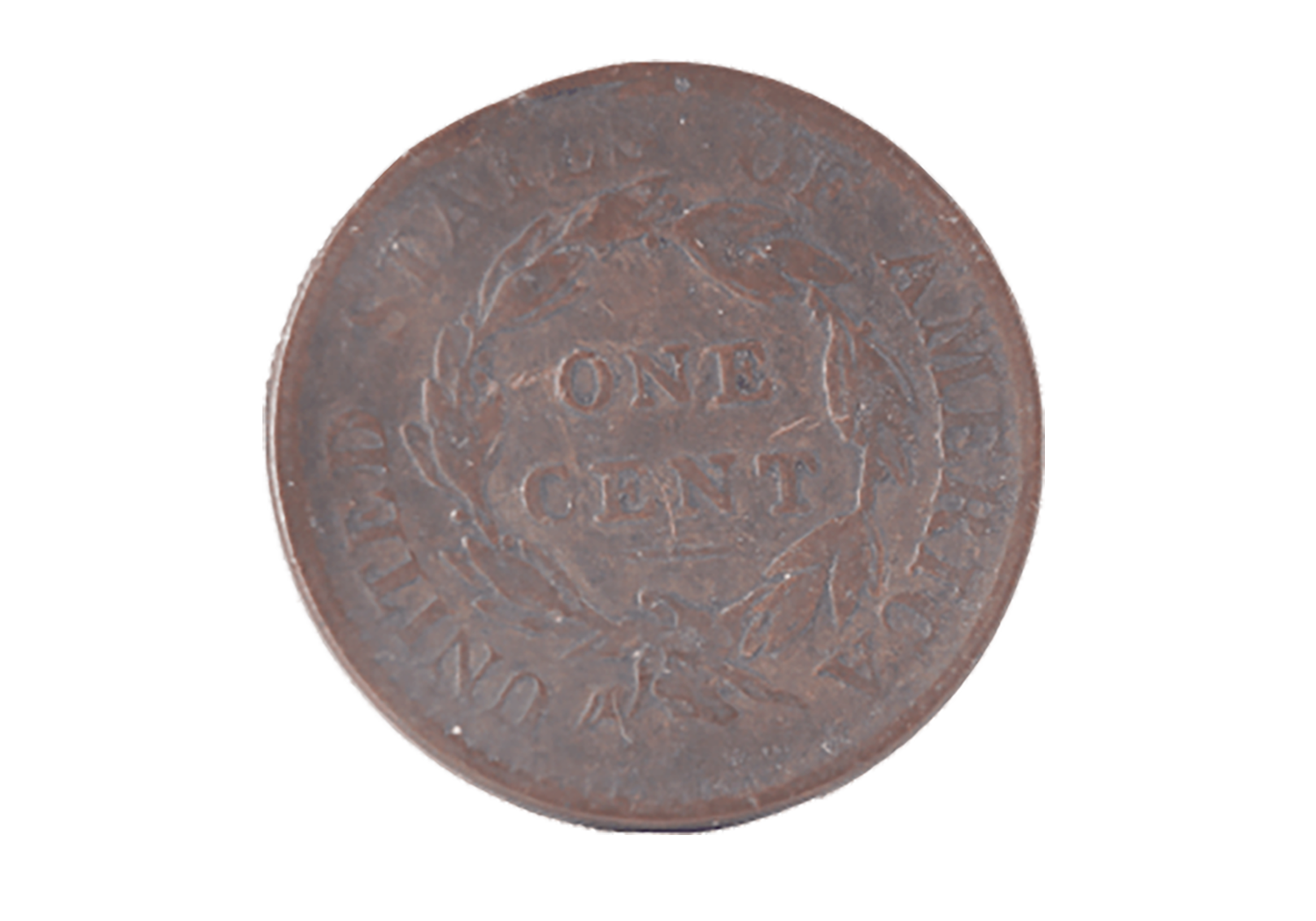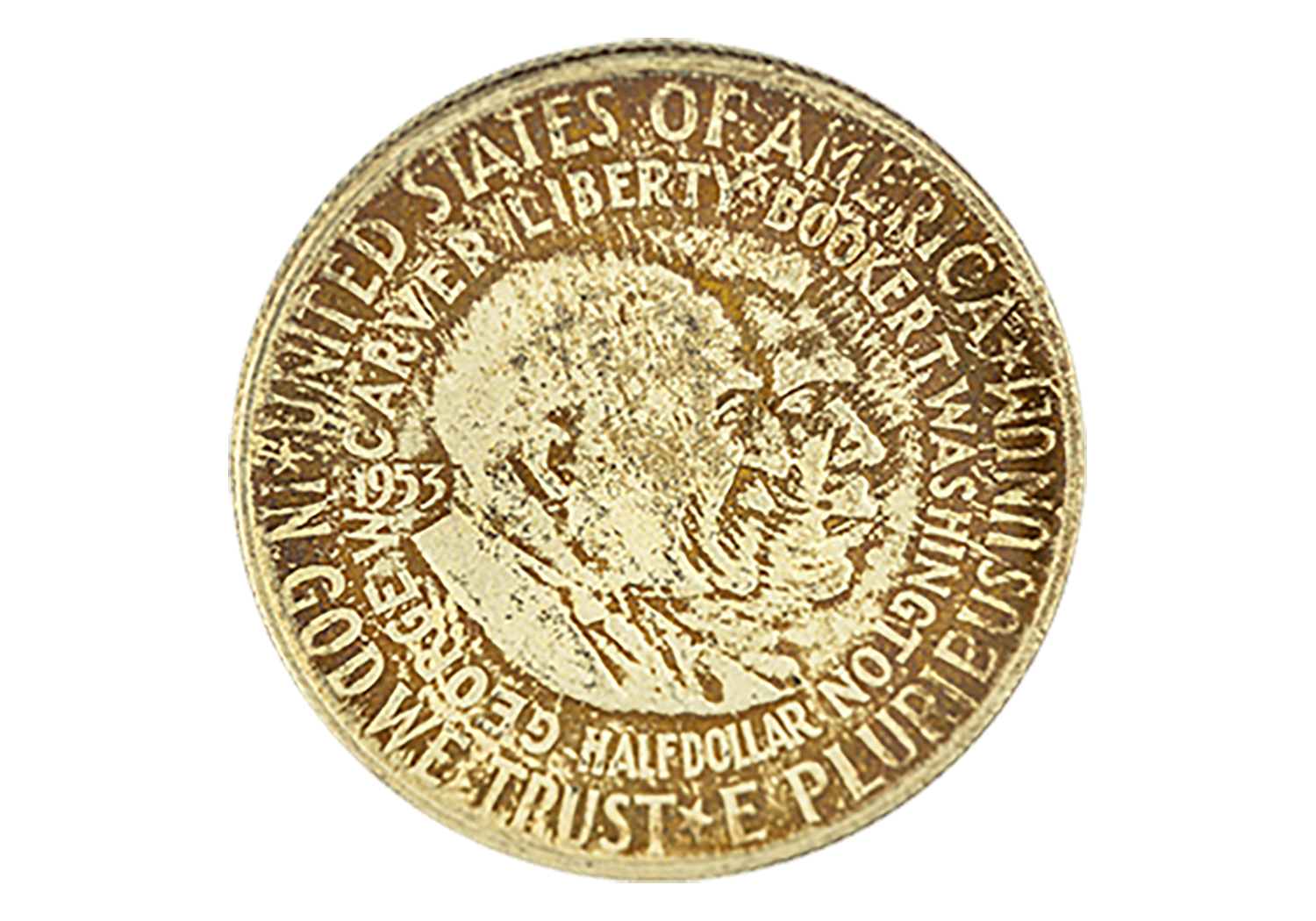-

ANCIENT COINS
ANCIENT COINS
Ancient coins offer a captivating peek into bygone eras. Coins that date prior to AD 476, such as Greek, Roman, Celtic, and Persian coins, are commonly referred to as ancient coins. Asia Minor, which is now Turkey, was home to the first known coins. They were made of electrum, an alloy of gold and silver that was widely available in the area. As coin-production technology matured, some of the more than 2,000 Greek city-states began making coins out of pure silver or gold.
Ancient Celtic coins are fascinating. Many of them dating as far back as 2,000 years. These were the first coins made in England, France, Germany, and Switzerland, before these areas were nations in their own right. Made of gold and silver, these beautiful coins feature detailed designs drawn from myth and history.
-

EARLY COPPER COINS
EARLY COPPER COINS
In the days of this country’s Founding Fathers, colonialists used copper as standard currency. These coins include Colonials, half cents, large cents, and Hard Times Tokens. Large and half cents were the first coins produced by the United States Mint in Philadelphia under the authority of our federal government.
They are very rare due to their intermittent minting between 1793 and 1857. Half cents also have the notoriety of being the smallest face value for a coin in our nation’s history. In 1857, the United States Mint stopped producing half cents and replaced large cents with more manageable small cents.
-

SMALL CENTS
SMALL CENTS
Rising copper and production costs in the 19th century made large cents an impractical and costly currency. In its place, the U.S. government began minting small cents.
For the first small cent design (1856–1858), the mint chose a Flying Eagle. Only 2,000 of these coins were produced in the first year, making them very rare in today’s marketplace. The coins themselves became far more common in 1857 and 1858, which helps explains their generally inexpensive prices in today’s marketplace.
The Indian Head cent followed the Flying Eagle. First minted in 1859, this coin underwent numerous redesigns and updates during its half-century existence.
In 1909, the government released the Lincoln Wheat cent. This coin, which lasted until 1958, is notorious for having the first design with a depiction of a real person. An image of the Lincoln Memorial in Washington, D.C., eventually replaced the wheat back image. In 2009, the United States updated the Lincoln cent to commemorate the 200th anniversary of Lincoln’s birth. The Lincoln cent today remains the most produced coin in the world.
-

QUARTERS
QUARTERS
Quarters have been part of America’s currency for more than 200 years. Authorized in 1792, the first Draped Bust quarter appeared in 1796. More than 6,000 of these coins were struck. But then the quarter disappeared until 1804, when it returned for three years with small variations and low mintages. The quarter then disappeared again until 1815, when minting resumed of two variations of the Capped Bust design. Minting of the Capped Bust finally ended in 1838.
In 1838, the United Stated Mint introduced the Liberty Seated quarter. This first iteration had no motto above the eagle. In 1853, a second version appeared, replacing the first, with arrows at the date signifying a decrease in weight and rays around the eagle. The third variety, released one year later and only for two years, used arrows again, but did not have rays around the eagle. Eleven years later came a new version that included the addition of the motto “IN GOD WE TRUST” on the reverse. This version lasted seven years (1866–1873). The final version, containing arrows that signify the adoption of the metric system by the U.S. Mint, lasted eighteen years until 1891.
In 1892, the U.S. Mint introduced the Liberty Head, which was also known as the Barber quarter. Created by Charles Barber, this coin, along with the Barber dime, serves as one of the few examples of an American coin to take the name of the designer (as opposed to the primary design element). In 1916, the Standing Liberty quarter, featuring a bare-breasted Liberty in a long, flowing gown, replaced the Liberty Head design. From 1917 to 1930, a more modest version appeared in which Lady Liberty was covered in chain mail.
In 1932, the George Washington quarter first appeared. It lives on to this day. Originally designed to honor the bicentennial of the first U.S. president’s birth, Congress voted to make the new design a permanent replacement to the Standing Liberty quarter. The first version of this coin contained 90 percent silver. The Coinage Act of 1965 transitioned this purer version to a copper-nickel design. Since then, the coin has had several special series and types, including the Bicentennial (1975–1976), the State series (1999–2008), and most recently, the America the Beautiful program (2010–2021).
-

MODERN COMMEMORATIVES
MODERN COMMEMORATIVES
In 1982, the United States Mint returned to producing commemorative coins with the release of a half dollar commemorating the 250th anniversary of George Washington’s birthday. Commemorative coins today typically recognize special occasions, one-of-a-kind structures, and famous people. Production of these coins is expected to continue for years to come.
Commemorative coins are legal tender, but they are not minted for general circulation. Instead, they are offered to collectors, and most of these special-issue coins are available only during the year in which they are first issued. Two of the most popular recent commemorative coins have been the American Buffalo in 2001 and the Benjamin Franklin commemorative coin in 2006.
-

TRADITIONAL COMMENORATIVES
TRADITIONAL COMMEMORATIVES
Many people consider the 1848 two-dollar gold piece, made to commemorate the first gold the U.S. mint received from the California Gold Rush, to be the first commemorative coin ever released. This coin, with “CAL” on the reverse design, was the smallest gold denomination in circulation at the time. Despite its low face value, the coin today commands a high price due to gold prices as well as the low mintage of the coin itself (only 1,389 were struck).
Many lists of classic U.S. commemorative coins begin with the World’s Columbian Exposition Half Dollar, which was released in 1892 and 1893 and produced in silver. The latter year also saw the first and only issue of the quarter dollar honoring Queen Isabella I of Spain. In 1900 the first commemorative dollar was released featuring George Washington and the Marquis de Lafayette.
In 1903 two types of gold dollars appeared—one featuring Thomas Jefferson and one featuring William McKinley—celebrating the Louisiana Purchase Exposition. Almost 250,000 of these coins were struck, but only 35,000 or so were offered to the public due to circulation abuses and inefficient processes, issues that plagued future commemorative releases.
In 1904 and 1905, the Lewis and Clark Centennial Exposition Gold Dollar was released, followed in 1915 by the Panama Pacific International Exposition five-coin series. The Panama Pacific series included a silver half dollar, a gold dollar, a gold $2.50 coin and two $50 gold pieces.
The U.S. Mint released numerous coins in the subsequent years to commemorate historic U.S. dates and occasions. The classic commemorative era of coins ended after the 1954 Carver-Washington Half Dollar.
